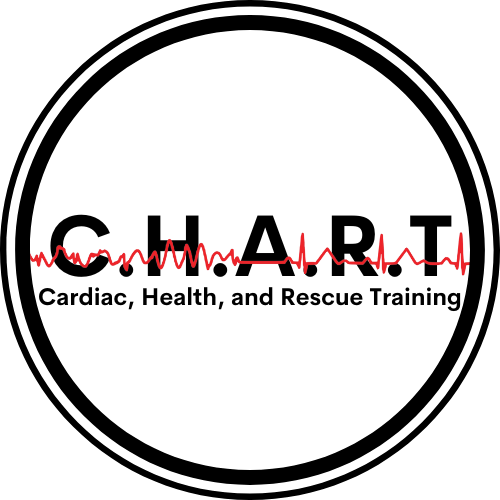Have you ever seen an ambulance arrive on the scene and then just sit there without leaving?
If you've ever watched an emergency medical drama on TV, you know that once someone goes into cardiac arrest (heart stops), the ambulance rushes them off to the hospital. It is the usual, close the back of the ambulance doors, a big fist tap on the window and off they go.
However, in real life, ambulances sometimes stay on scene especially when CPR is in progress.
With recent events that unfolded on TV, many people, including newscasters are questioning the length of time spent on scene while CPR was in progress.
In most instances, the protocols for EMS personnel is to have a 10 minute scene time or less. Which means once they arrive at the patient’s side, they have 10 minutes to start moving towards the hospital.
This IS NOT the case when CPR is in progress. EVER! Even with children and infants.
I am sure many of you right now are having a panic attack reading this. Let me explain.
When someone receives CPR, it is because their heart has stopped and they are no longer getting oxygen to their brain. The purpose of CPR is to restore circulation and oxygenation in order to improve the possibility of restoring normal functioning of the heart.
For best results, emergency medical services will initiate CPR on scene and continue all treatments on scene.
Why?
Proper chest compressions are a must. Any amount of interruption in chest compressions decreases the chance of survival for that patient.
For example-
→Moving that patient and placing them on a stretcher.
→Moving that patient on the stretcher to the ambulance.
→Movement during the ride to the hospital.
All of these movements’ interrupts chest compressions.
By staying and providing treatments such as
→defibrillation
→cardiac medications,
→obtaining an adequate airway,
→IV fluids
helps the survival rate of the patient.
Emergency medical services are well educated on treating cardiac arrest. The treatment on scene is the same treatment they would receive at the hospital.
So, when do they start moving towards the hospital?
→If and when the patient’s pulse returns,
→If it has been over 20 minutes of unsuccessful CPR for a child or infant,
→Sometimes we don’t. Sometimes we are unsuccessful with all treatments and the patient sadly dies.
Understanding why ambulances sometimes remain on site rather than immediately heading off for a hospital can help us feel more reassured if we ever find ourselves in such a situation (or are watching from afar).
Do your part, learn CPR and help save a life.




0 Comments